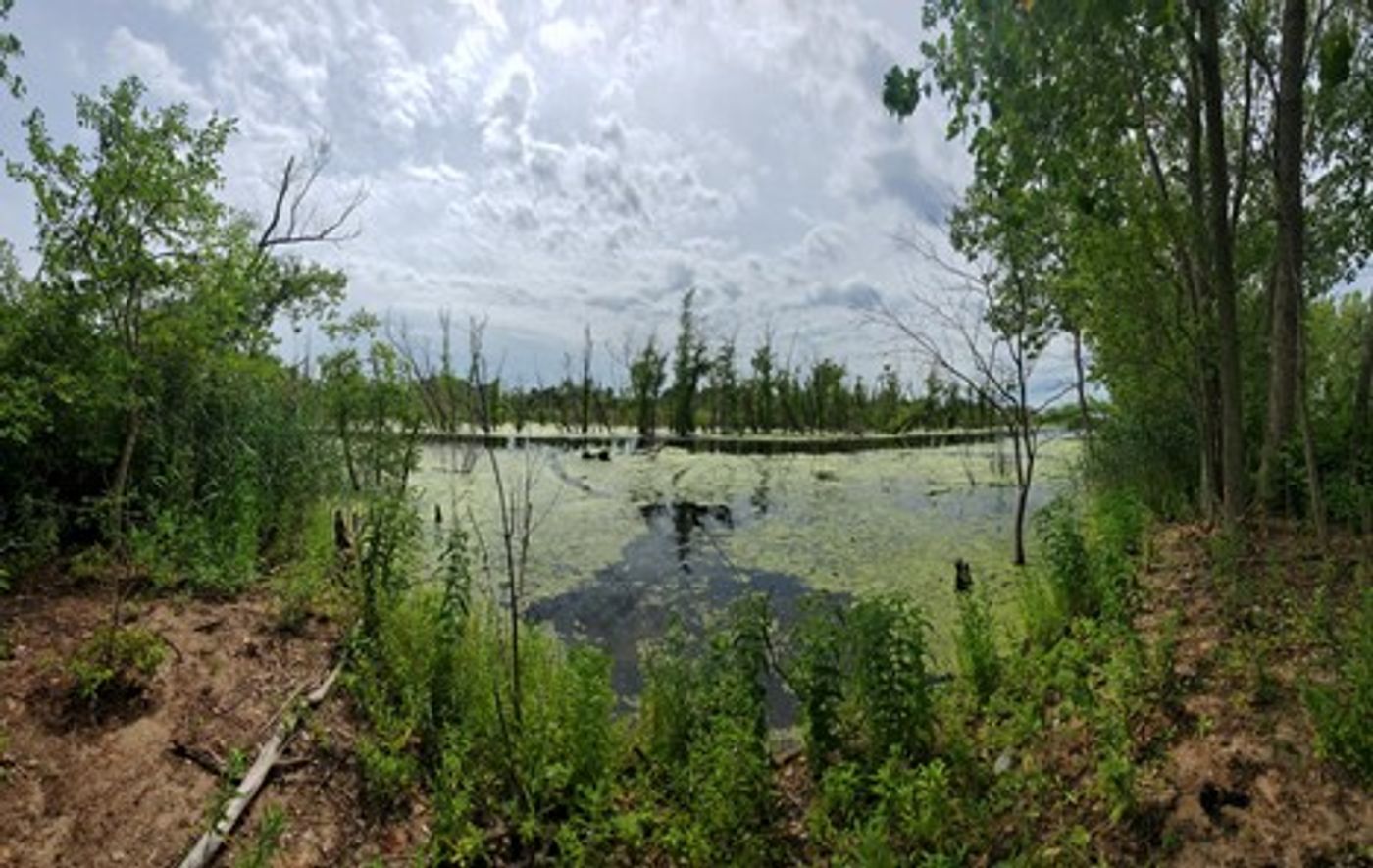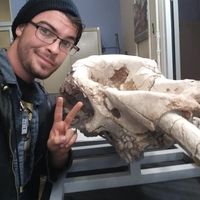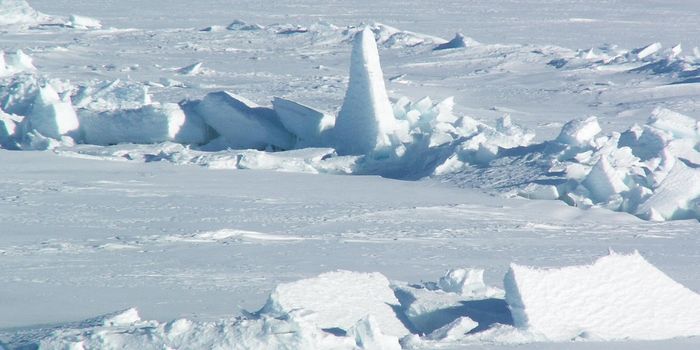Evidence of human activity 400,000 years ago in Saudi Arabia
Forget your current opinion on the environment and climate in Saudi Arabia, and imagine a land full of seasonal lakes, prehistoric hippos, and some human ancestors, hominins, making the earliest stone artifacts to date on a great journey east. During this time in Earth’s history the climate was much wetter, meaning what is now the Nefud Desert in Saudi Arabia functioned as a useful highway into Asia and Europe for early hominins. Material culture -artifacts- tells anthropologists how multiple groups were traveling, making tools, and likely hunting in the area. These pieces of evidence of early migration prove invaluable to illustrating just how much there is yet to discover when it comes to our collective origin story.
Fossil evidence, combined with artifacts and lake core samples help evolutionary anthropologists piece together the ancient ecosystem that made these journeys possible. Each instance of these stone tools point to a unique and specific occupational phase. For example, the style of stone tools varied with each different sample. Contrary to common belief, we have barely begun to scratch the surface of these groundbreaking discoveries. As an archaeologist myself I am captivated by this find.
The material was recovered around a series of five ancient lake beds. Archaeologists identified stone tools associated with each of these seasonal lake beds. Previous archaeological evidence suggested the earliest occupation of the area by hominins was 300,000 years before present (BP). However, this new discovery pushes that time frame significantly back another 100,000 years, to about 400,000 years BP. That more than enough time for hominins or early humans to permeate any accessible part of Europe, Asia, and Polynesia.
It’s hard to fathom just how much history is waiting to be uncovered in the Middle East. Just last month archaeologists discovered a preserved human trackway in the Arabian Peninsula dating to approximately 121,000 years BP. This discovery highlights the need for more in-depth analysis, collaboration, and field work regarding human origins and development in in this incredible region of the world.
Sources: Nature, Sciencenews.org, PBS Eons









